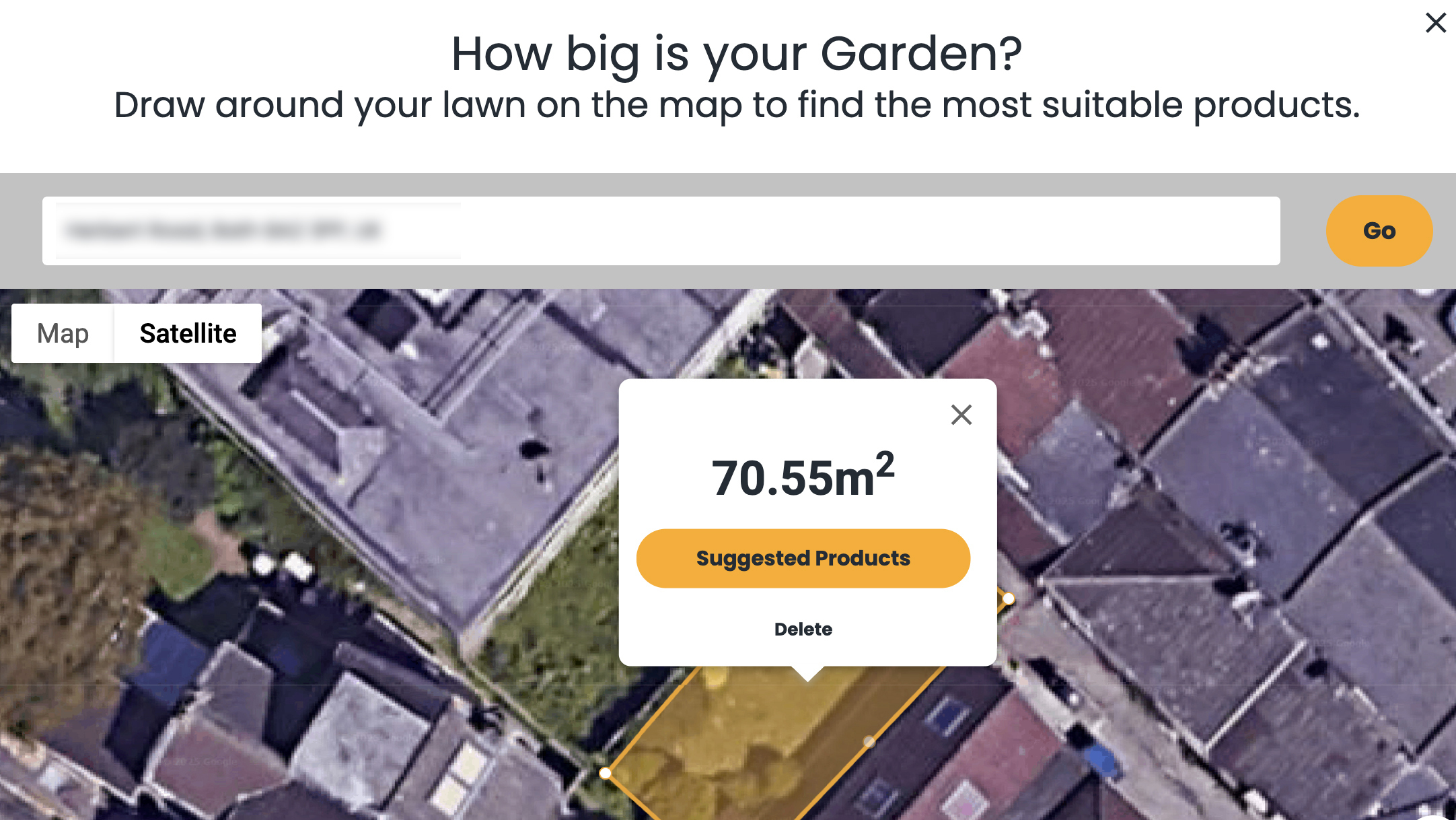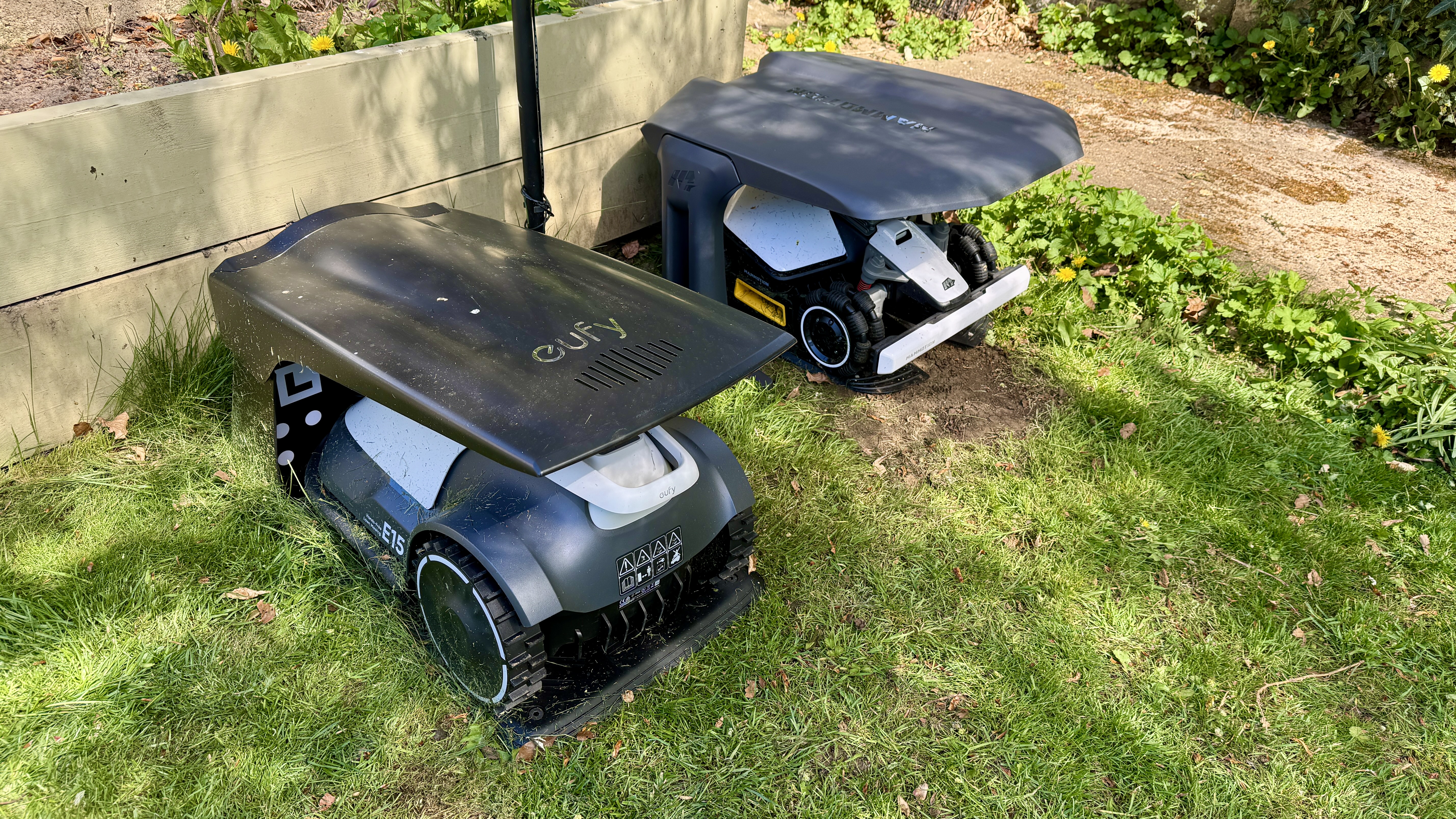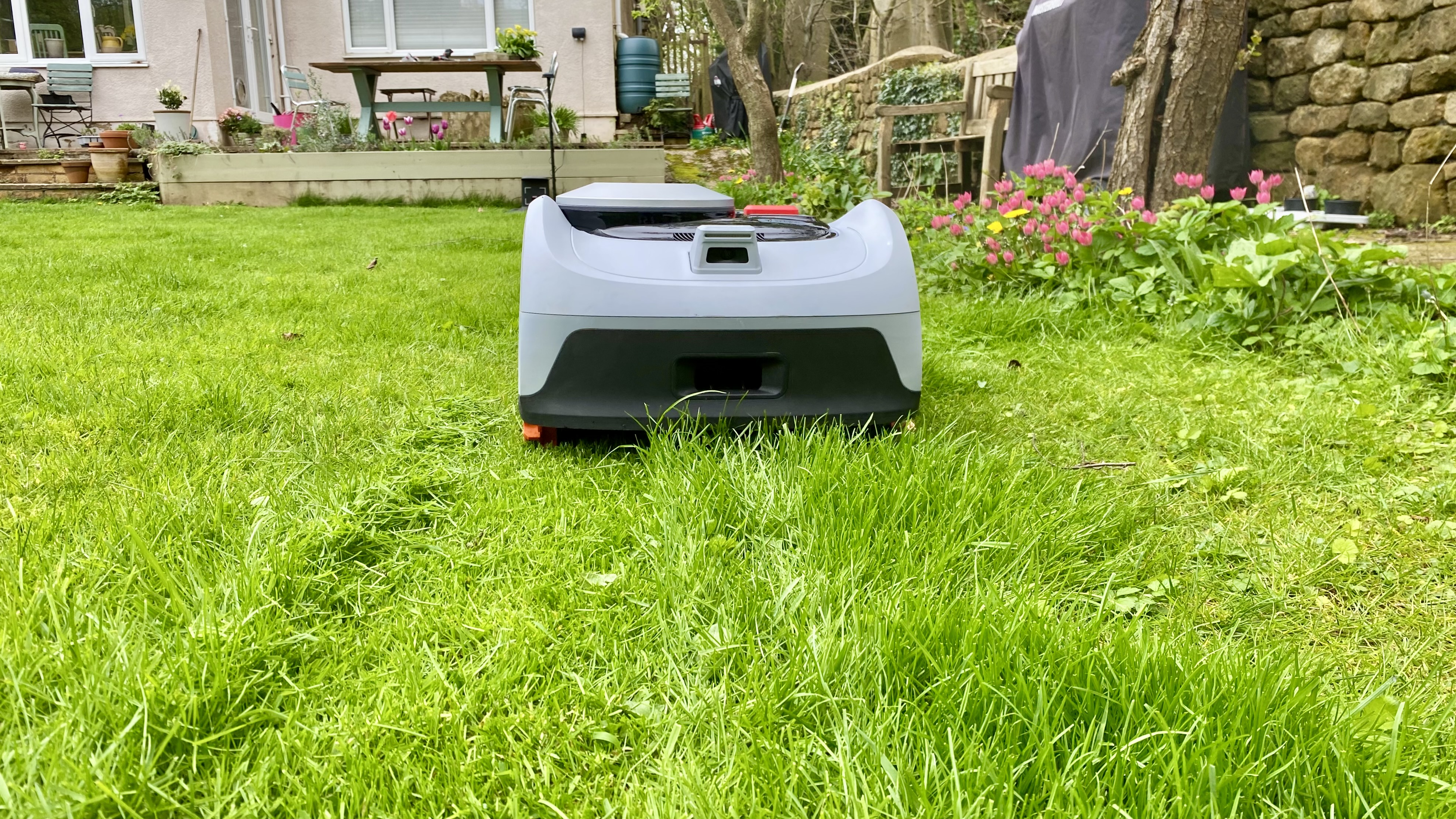How to prepare your lawn for a robot lawn mower
Lawnbots can be a major effort-saver – here's how to get your yard ready

This article is part of TechRadar's Smart Home Week 2025. From lighting and switches to robot vacuums and smart thermostats, we're here to help you pick the right devices to make your life easier, and get the most out of them.
As robotic technology continues to automate our domestic lives with the likes of AI virtual voice assistants, autonomous floor cleaners that vacuum as well as mop, and barbecues that regulate their cooking temperatures automatically for perfect results, even the humble lawn mower is now getting in on the autonomous act with a raft of futuristic machines that can manicure a lawn better than most humans – and without ever complaining about it.
But before your new robotic landscaper starts cruising around your sward like a turf-trimming robot vacuum cleaner, your yard needs a little preparation. So here's a handy guide to laying the groundwork for a seamless start with a lawnbot.
How to get your robot mower set up
1. Check your bot is the right size for your lawn
Most robot mowers have small cutting widths (around 7in / 18-20cm) so it will take them longer to mow an average lawn than a standard push mower (which ranges from 13in / 33cm to over 20in/ 50cm). However, there are some larger and more expensive robot models like the Mammotion LUBA 2 which is equipped with a much wider 15.7in / 40cm cutting deck.
Many brands produce two or three variants of the same model, each with increased battery capacities, so measure your lawn space first using an online map-based lawn-size calculator and then select a model that best suits your lawn’s dimensions in square meters.

STIGA has a good one – you can simply input your postcode, zoom in on the map and draw around your lawn’s border. It's available as a separate tool on the UK STIGA site, or on the US site you can access it my clicking 'Measure your garden' in the side nav of the Mowing section.
Remember, if you purchase a model with too small a battery capacity, the mower may need to head back to its charging station mid-task, and that can add extra hours to the total runtimes.
2. Install the charging station
All robot mowers require a charging station, which they will return to whenever they have finished a cutting task. It’s imperative that you follow the manufacturer’s instructions and position the charging dock on level ground or the robot will have trouble docking. In fact, even if the dock is mounted on a very gentle upward slope, the robot and dock may fail to connect.
Sign up for breaking news, reviews, opinion, top tech deals, and more.
You are also advised to try and site the robot’s charging dock in a shady part of the lawn or purchase a garage protector for it. This is because hot summer sun could affect battery life and the robot’s inner components. While almost all robot mowers are IP5 or IP6 waterproof, a plastic garage will also protect their components and exposed metal parts from torrential rain.

Most manufacturers offer optional garages and some models like those from Eufy actually ship with one. However, if you’re a keen DIYer, you could quite easily make your own garage for the bot using weather-resistant materials. For inspiration, take a look at some of the many online videos owners have posted of their handiwork.
3. Map your lawn
There are two main types of robot mower – wired and wireless. Wired robots have been around since the mid ‘90s but they are a palaver to install yourself because you need to lay or bury a cable around the perimeter of the lawn and around any obstacles. Also, they tend to cut in a completely haphazard fashion, often leaving wayward track marks in their wake.
Given that the new breed of wireless robot mowers are already coming down in price, you’re advised to eschew a wired model – which will soon go out of fashion anyway – and embrace the technical wonders of RTK GPS, WiFi, camera and LiDAR guided navigation. These modern bots know exactly where they are on the lawn and cut grass in beautiful, ruler-straight parallel lines that make any lawn look like the centre court at Wimbledon. (Here's exactly how robot lawn mowers navigate without a boundary wire, if you're curious.)

Some wireless models like the Eufy E15 and Worx Landroid Vision map a lawn automatically by cleverly distinguishing between grass and border plants while others like the Mammotion LUBA and YUKA series can map both automatically and manually. If manually mapping, carefully steer the robot around the perimeter like an RC car while it maps your lawn, and give the mower a few inches of space at borders.
However you can straddle pathways and patios if the grass butts up to the edge – this will ensure an excellent edge cut. If the robot is only equipped with an auto-mapping mode, you may need to add some no-go zones just like you would with a robot vacuum cleaner.
Finally, if your robot uses an RTK GPS antenna, be sure to site it with as much visible sky as possible. In other words, don’t position the antennae under trees or the eaves of your home since it needs to be able to see at least five satellites for its navigation system to function accurately.
4. Set the appropriate cutting height
Barring the clever Mammotion YUKA which can also collect cuttings, the vast majority of robot mowers cut lawns using the mulching technique, whereby the tiny nitrogen-rich grass cuttings are fed back into the lawn. That’s the beauty of robot mowers – they’re out cutting the grass two to four times a week so it rarely gets a chance to grow more than a few millimetres between cuts, and that means much finer mulch that doesn’t choke the lawn. (Here's more on how robot lawn mowers work, if you're interested.)

If your grass is over about 7cm in length when you use your robot mower for the first time, set its cutting height to around 6cm or the cuttings it leaves behind will look unsightly. Then follow it up with subsequent cuts at decreasing heights. If your grass is taller than 8cm, you’re advised to use your standard push mower with a grass collector attached and set the cutting height to around 5cm so the lawn is well prepared for the robot’s first cut.
Depending on the grass type, the UK's average cutting height during late spring and midsummer is 2.5 to 4 cm (1 to 1.5”) and in the US it’s 5 to 7.5 cm (2 to 3”). However, in the UK most gardeners will suggest between 3 and 3.5cm as the perfect height for the most popular varieties of UK grasses – Perennial Ryegrass, Red Fescue and Kentucky Bluegrass.
How to prepare your lawn for mowing
5. Clear away temporary obstacles
While all robot mowers have varying levels of built-in obstacle avoidance, almost all of them will very likely run slipshod over anything under about two inches in height. And while most bots will easily avoid larger items like toys, shoes, deckchairs etc, they will also avoid cutting that section of lawn. So clear up everything first if you want reliable operation and a perfectly manicured lawn. Most robot mowers will scoot around trees and other permanent obstacles though you can also create no-go zones in their respective apps if necessary.

Any twigs over 5mm in diameter should also be cleared, because anything thicker will reduce the lifespan of the robot’s razor-sharp cutting blades. And it goes without saying that you should remove any protruding stones or the robot’s blades and spinning blade disc could be easily damaged. Odd leaves are not really an issue for a robot mower but hang on to your push mower and grass collector because this combo is still the best way to clear a lawn full of leaves during autumn.
6. Clean up after pets
A word of warning to dog owners. Since human-like obstacle recognition is still some way off, owners of dogs can be 99% sure that their robot will run straight through their pooch’s deposits and create a horrific mess of scattered pieces littering the lawn and even more of it embedded deep into the robot’s heavily treaded wheels. Hence, if you have pet dogs – or, heaven forfend, a pony – you should clear up before the robot heads out on a cutting session.
Derek Adams has been in consumer tech journalism since joining London listings magazine Time Out in the early ‘80s. He’s an experienced reviewer of cordless vacs and robot vacs, indeed anything that runs on batteries or has a plug attached. Derek also writes extensively for TechRadar’s sister site T3.com between playing drums and guitar with his bandmates in Red Box.
You must confirm your public display name before commenting
Please logout and then login again, you will then be prompted to enter your display name.
